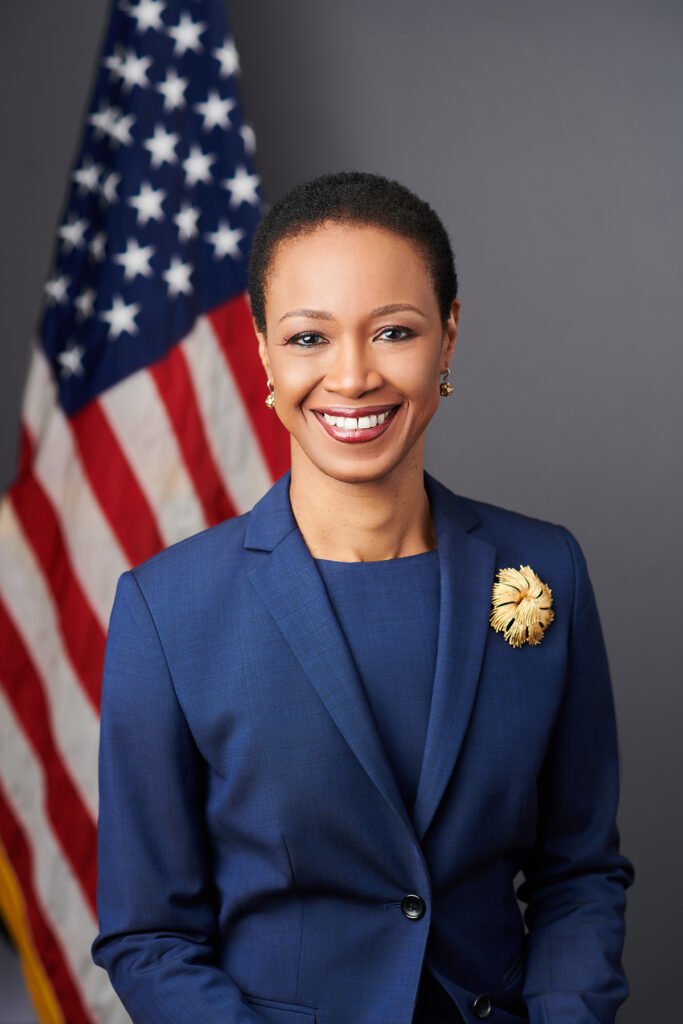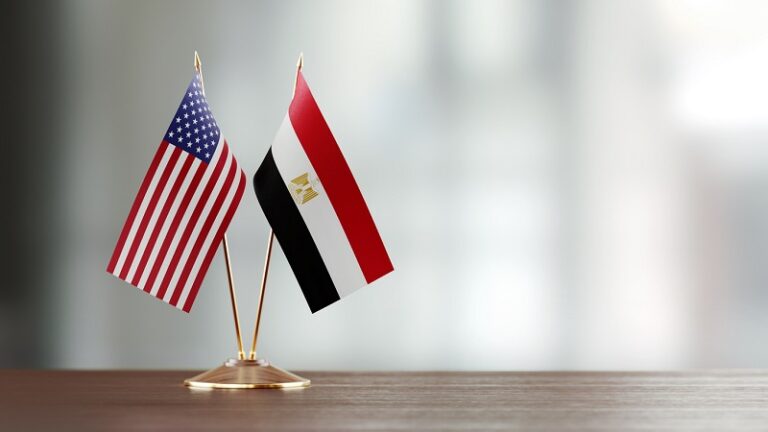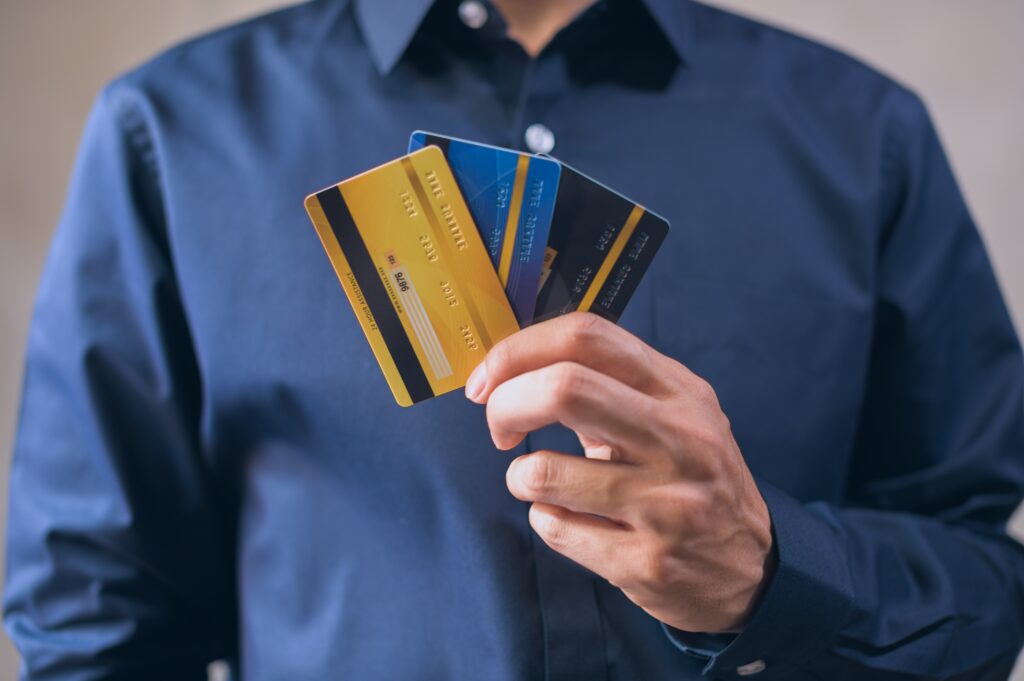Financial assistance for developing countries must be at the top of the agenda for UN climate talks this year so that countries can move from pledges to implementation.
For three decades, the U.S. Trade and Development Agency (USTDA) has been offering funds for sustainable infrastructure in developing countries by connecting U.S. companies with export opportunities.
In fiscal year 2021 alone, USTDA supported more than $2.3 billion in U.S. exports to emerging economies through early-stage infrastructure development projects, USTDA said on its website. The agency supports projects in the Middle East, North Africa, Europe and Eurasia regions that represent both high economic development priorities for host country sponsors and strong opportunities for U.S. firms.
Here in Egypt, USTDA awarded grants in 2020 to the Amreya Petroleum Refining Company (APRC) and Suez Oil Processing Company (SOPC) for feasibility studies to modernize each company’s refinery. These grants are a part of USTDA’s ongoing collaboration with the Ministry of Petroleum and Mineral Resourced to make Egypt a regional energy hub. The grants aim to increase the efficiency and profitability of their refineries while reducing environmental impacts.
Business Monthly took the chance on the sidelines of the U.S GreenTech Business Mission to Egypt to secure a one-on-one with Director Enoh T. Ebong to learn more about planned investment opportunities in Egypt, priority sectors and ways for Egypt to expand its exports portfolio. Ebong leads USTDA in its efforts to develop sustainable, clean infrastructure and foster economic growth in emerging economies, while also supporting U.S. jobs through the exports of U.S. goods and services.

The Q&A below has been edited for length and clarity.
What is the mission of the U.S. Trade and Development Agency?
USTDA is a foreign assistance agency of the U.S. government with a unique dual mission. We support the development of high-quality, sustainable infrastructure overseas while supporting U.S. jobs through the export of U.S. goods and services to the infrastructure projects that we help develop. We are often referred to as the “overseas project preparation agency” of the U.S. government. This is because we provide grant funding for feasibility studies, technical assistance, and pilot projects. These are the essential tools that help our overseas partners identify the technology and design options for their projects. These tools are also critical for structuring infrastructure deals that can be financed, implemented, and sustained. USTDA also funds partnership-building activities that link overseas project sponsors to U.S. infrastructure solution providers.
What are key priority sectors for USTDA?
USTDA’s priority sectors in Egypt are the same priorities that we have worldwide: clean energy, transportation, information and communications technology, and healthcare infrastructure. Across all sectors, our focus is on developing sustainable, climate-smart infrastructure for our overseas partners.
What are key projects the USTDA has allocated to its Egypt portfolio?
In the past two years, USTDA funded feasibility studies to increase the efficiency and safety of Egypt’s oil refineries and to support the country’s ambitions to become a regional clean energy hub. We have several projects currently under development in Egypt, including a virtual workshop series that will help advance Egypt’s efforts to implement next-generation wireless technologies such as 5G. We are also exploring opportunities related to clean energy, healthcare infrastructure, and ICT.
How do you assess Egypt’s reform program and what was its impact on your funding decision for the country?
Egypt’s reform program provides clarity as to the country’s infrastructure priorities. This has a meaningful impact on our program because our objective is to advance the priorities that our partners have set. Egypt’s focus on digital transformation provides significant opportunities for USTDA to support new projects in the ICT sector. In the energy sector, the removal of fuel subsidies and the shift to clean energy have prompted USTDA to expand our climate portfolio in Egypt. Importantly, the restructuring of Egypt’s healthcare sector should create new opportunities for our engagement. We are finding that many of our overseas partner countries, including Egypt, are intensifying their focus on healthcare access in the wake of the COVID-19 pandemic.
What are the steps USTDA is taking for green investments in Egypt?
USTDA is exploring a number of green projects in Egypt. I was delighted that our Country Manager for the Middle East and North Africa, Gretchen Krantz Evans, met with the GreenTech Trade Delegation that AmCham Egypt organized in May 2022. This was an important opportunity for USTDA to identify new opportunities for our engagement in Egypt’s clean energy sector. Since then, we have had several good discussions related to project opportunities including green hydrogen, green ammonia, wind, and methane abatement, for example.
What key factors does USTDA consider when evaluating project proposals?
Before we consider funding an activity, we assess the infrastructure project’s overall likelihood of implementation, ability to obtain financing, U.S. export potential, and development impact on the host country. We also conduct due diligence on our overseas projects sponsors and the U.S. companies that are selected to perform USTDA’s assistance.
How do you measure the impact of your climate portfolio?
USTDA measures its performance in multiple ways, including the amount of U.S. exports that our projects generate and the developmental benefits to our partner countries. These might include infrastructure development and efficiency gains and, of course, climate-related benefits. For example, for a renewable energy project we might measure how many megawatts of new renewable energy capacity our project added to a market. Or, we might assess reductions in greenhouse gas emissions that resulted from our overseas partner switching from coal to wind. For a climate-related transportation project, we might, for example, measure the increased flow of traffic from technology advancements that improve efficiency. These are just a few examples of how we could measure the climate benefits of a USTDA-funded project.
What is the growth potential for Egypt-U.S. bilateral trade volumes, for both exports and imports?
There is a tremendous growth potential for U.S.-Egypt bilateral trade. We know that Egypt can benefit from quality U.S. goods and services, and we know that Egypt’s companies are eager to do business with U.S. companies. Egypt’s trade with the United States, and in fact with all of its partners, has the potential to be even greater through investment in sustainable infrastructure. Transportation, clean energy, and ICT, for example, comprise the core infrastructure that a country requires to participate in international trade. For 30 years, USTDA has advanced thousands of infrastructure projects in more than 100 countries. Our work has advanced economic growth in these markets while facilitating their infrastructure for trade.
How can Egypt expand its export portfolio to include products other than textiles?
Egypt has tremendous promise as a green energy hub, and as it expands its energy sector investments, it is well-positioned to export electricity to its neighbors, given the interconnections it has with its neighbors. These electricity exports would have the added benefit of enhancing energy security in the Middle East and North Africa.
What are USTDA’s regional activities and future plans?
USTDA is very active across the Middle East and North Africa, especially in Egypt, Jordan, and Morocco. We are in the process of reviving our in-person events, especially our reverse trade missions. This is a unique USTDA tool whereby we bring foreign project sponsors to the United States to observe the innovative design, manufacture and operation of American products and services. The intent of these visits is to support our partners’ infrastructure development goals and introduce them to potential U.S. partners. We currently are making plans with the Ministry of Petroleum for reverse trade missions focused on health, safety, and the environment that will take place this fall. We are also considering visits related to methane abatement, water management, and clean energy.







